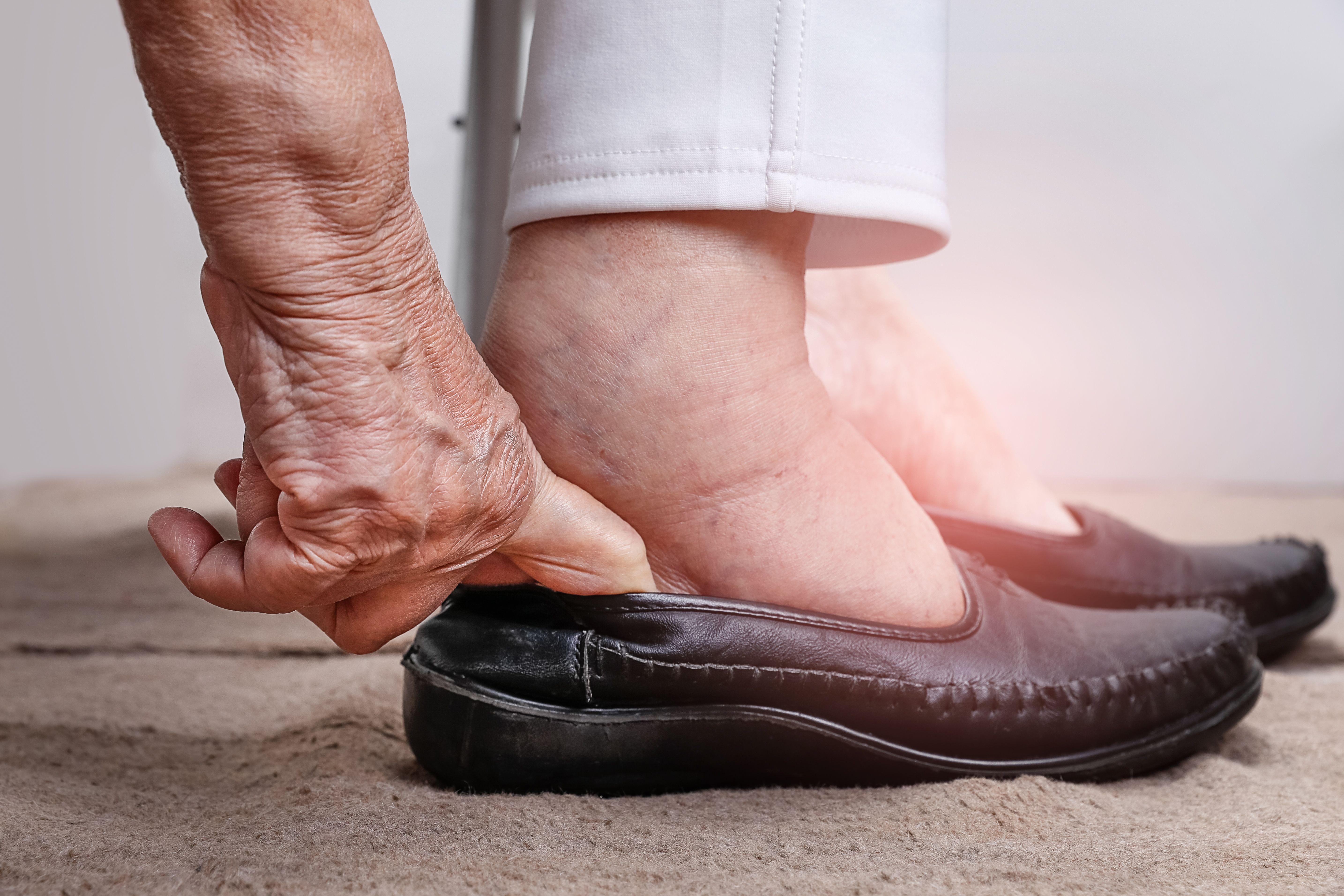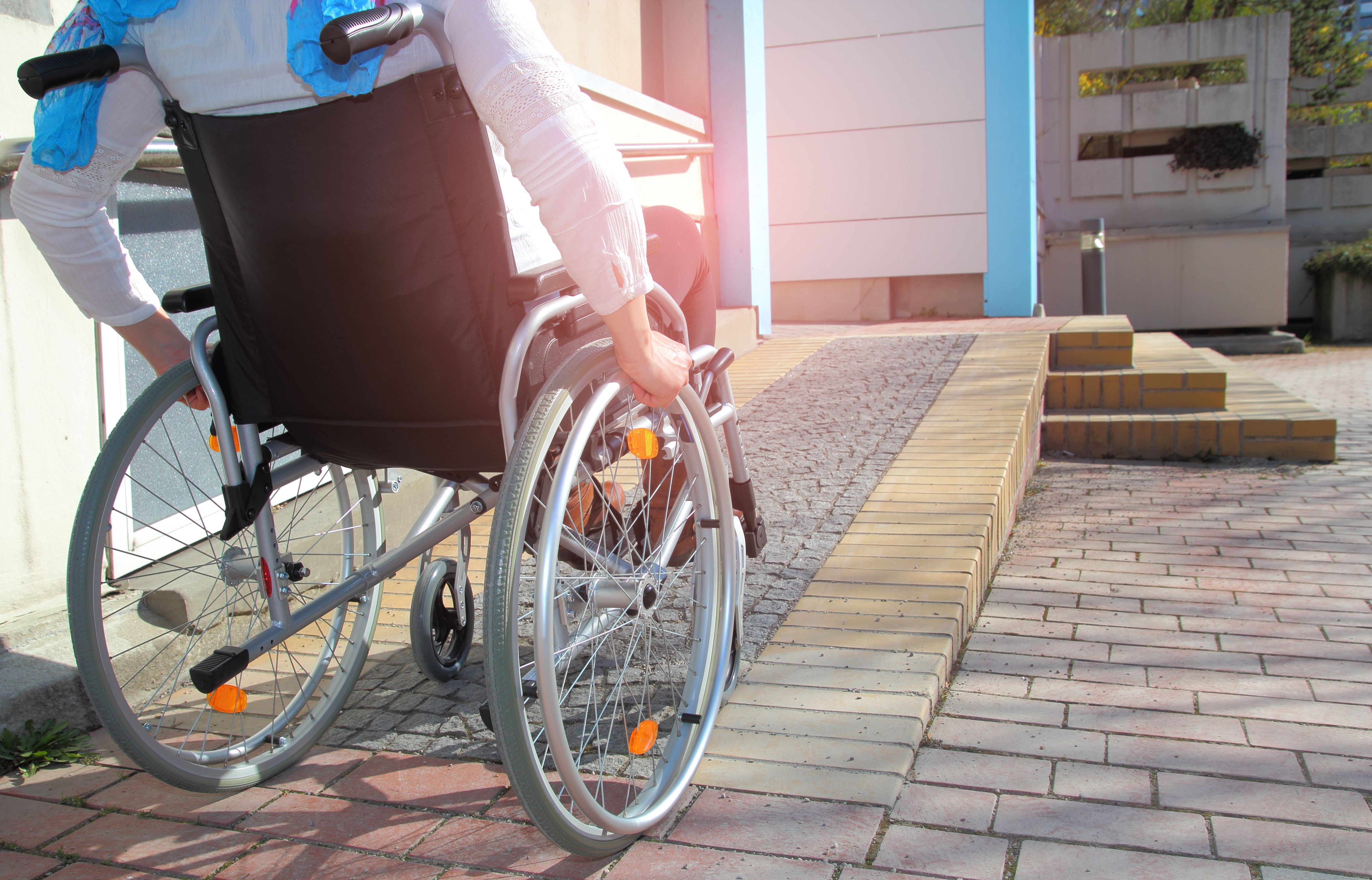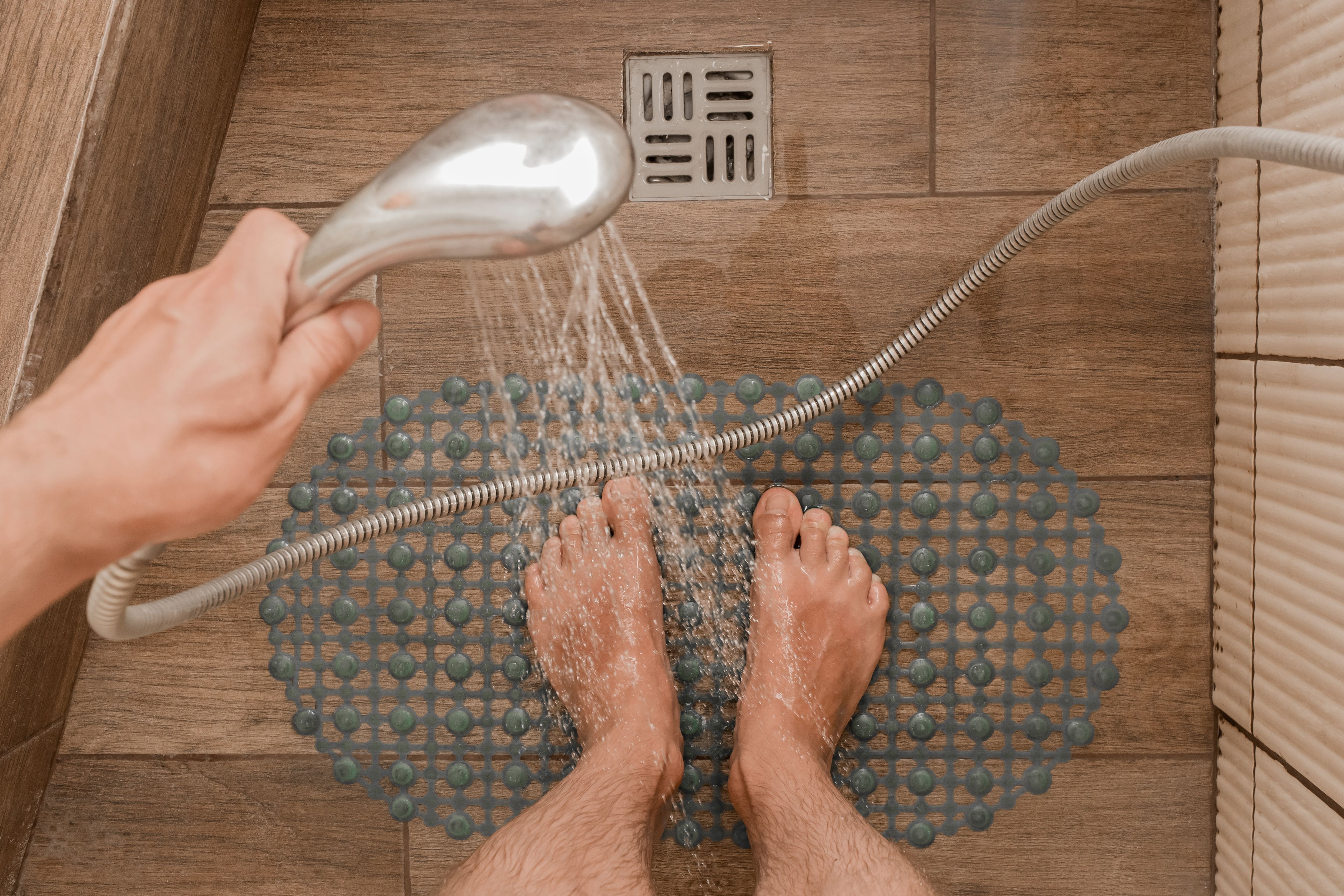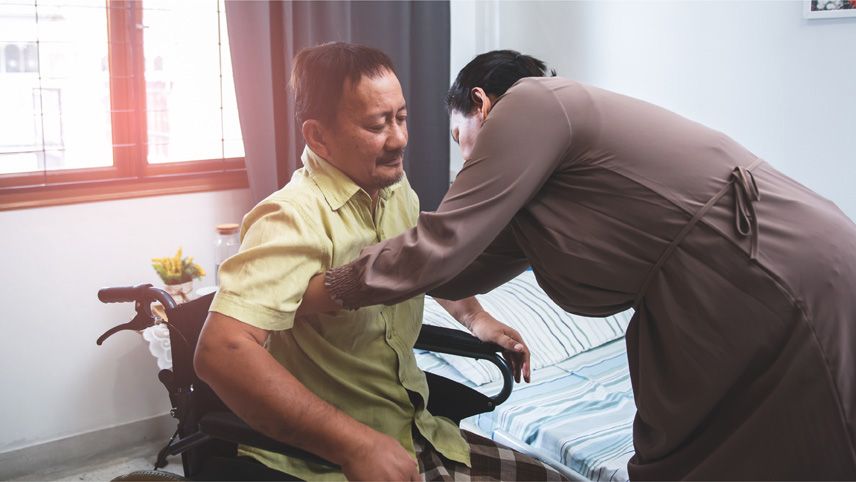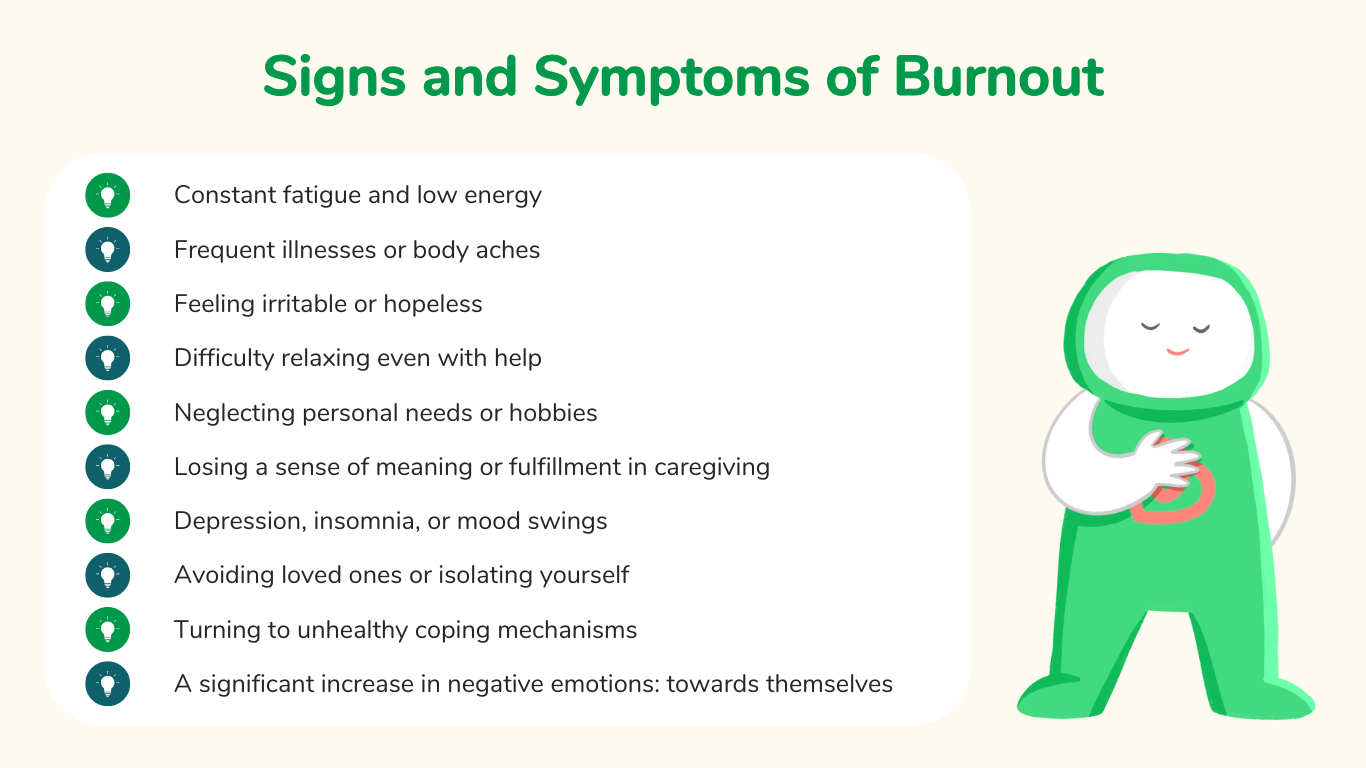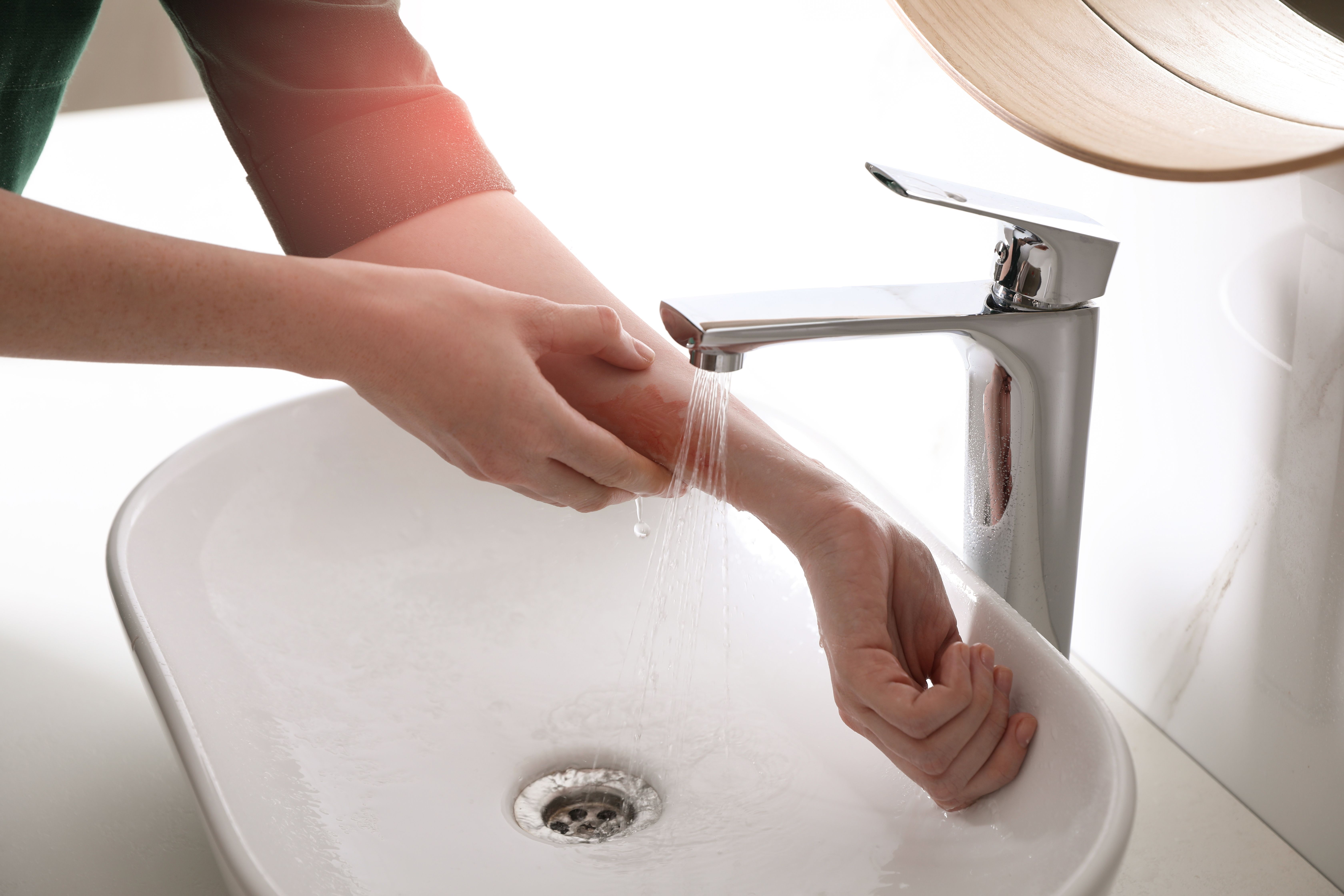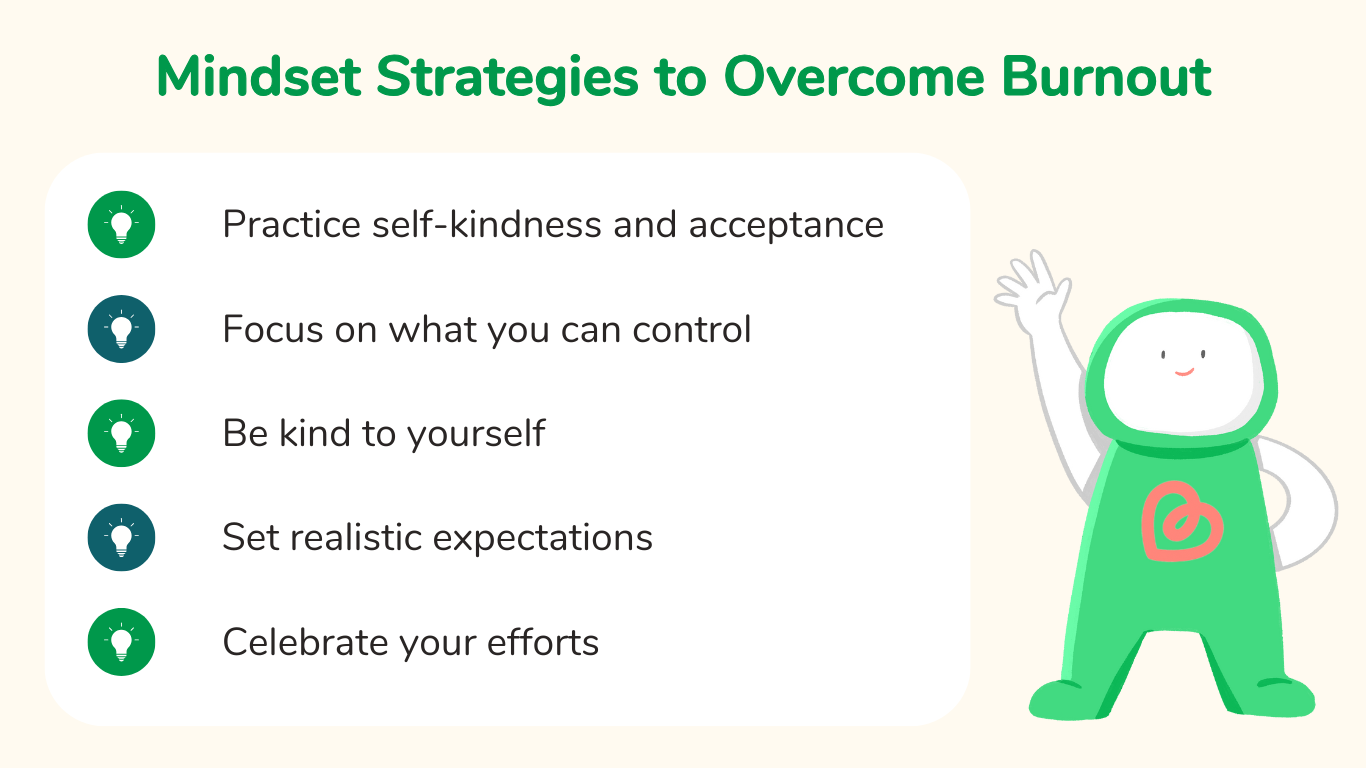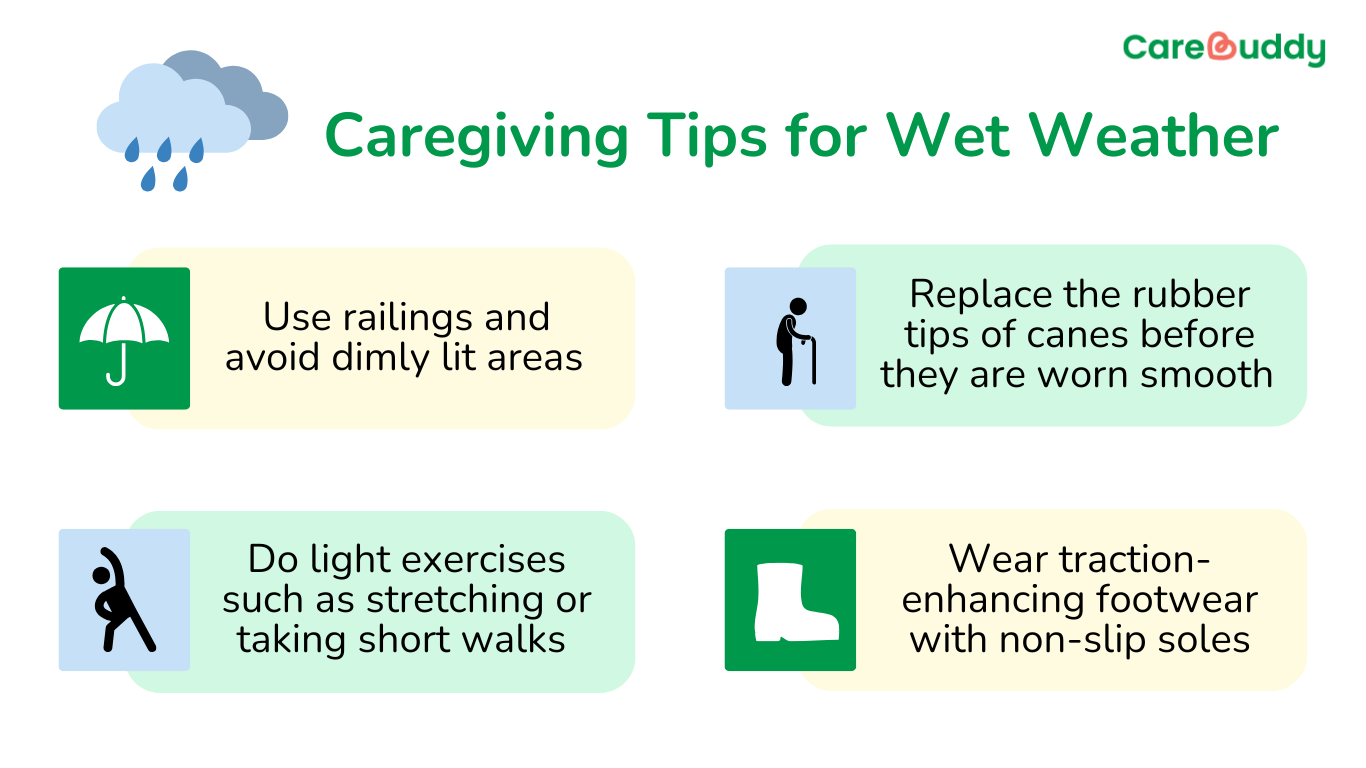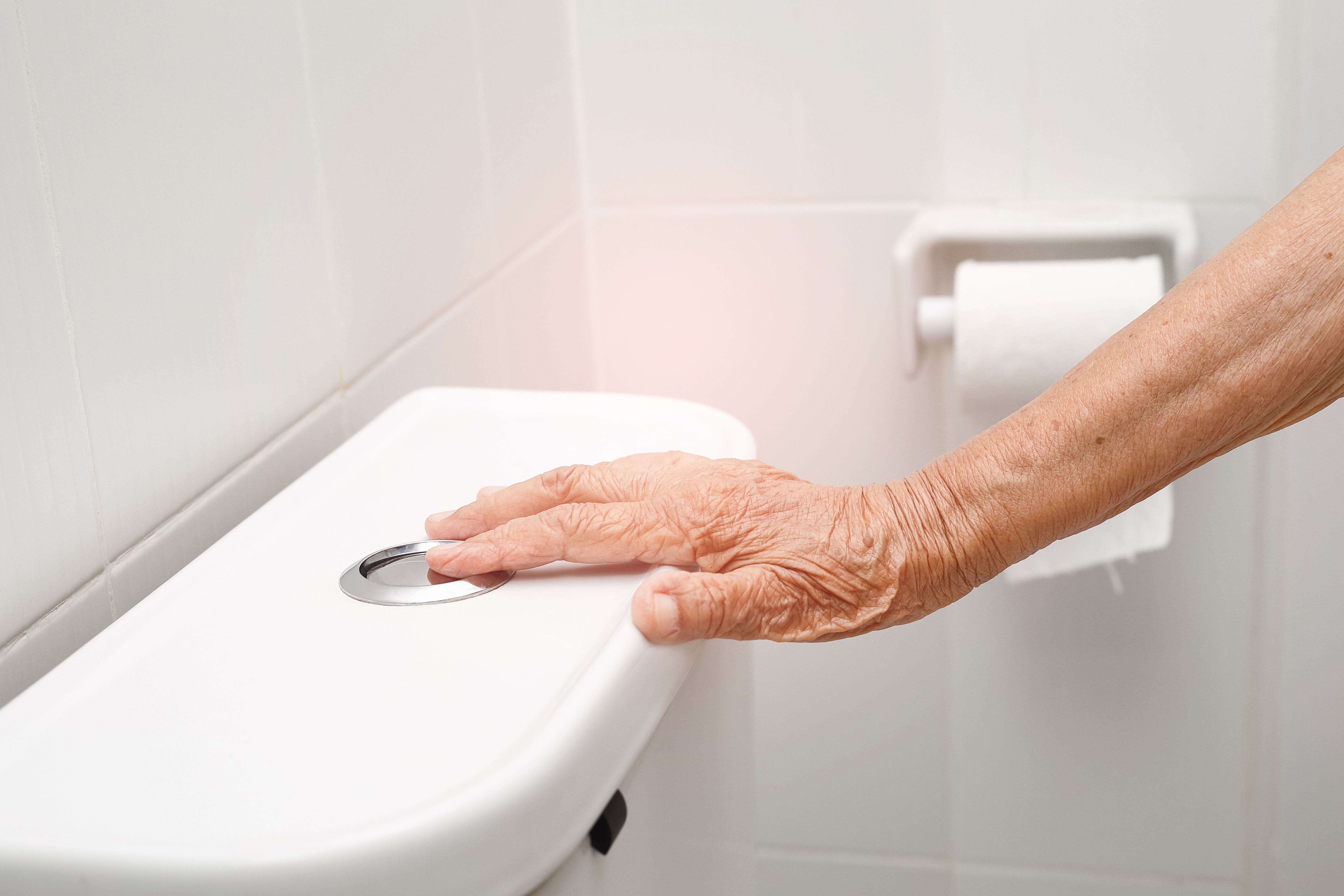Wheelchairs: Correct sitting posture for comfort and long-term wellness
- CareBuddy
- 4 Mins Read
- 20 Sep 2022
- Elderly Care

Wheelchairs often become a pivotal part of a care receiver’s life and this could be due to stroke, Parkinson’s disease, spinal cord injuries or surgery. Whether it’s temporary or long-term, the fact that the care receiver is going to spend a lot of time on the wheelchair means that they need to make themselves as comfortable as possible. In this article, we’ll discuss how a care receiver’s posture on a wheelchair needs to be optimal to ensure their comfort, reduce chances of accidents and prevent long-term negative impacts on their bones and muscles.
Reasons why sitting posture is important
- Care receivers with food indigestion won’t aggravate their stomach and intestinal areas.
- It becomes easier to breathe well.
- Reduced risk of food swallowing issues where the food goes into the wrong pipe (e.g. airway).
- More stable posture will prevent falls and tipping over.
- Urinary tract infections become less likely.
- Even weight distribution will help reduce the risk of pressure sores.
- Less chance of deformities developing in the spine and joint contractures.
- Promotes self-esteem among wheelchair users.
What is correct sitting posture
- Knees must be in a straight line with the hips.
- Trunk and pelvis should be in the middle of the wheelchair.
- Head should also be in the middle of the wheelchair, with chin tucked in slightly.
- Elbows should be placed at a 90-degree angle (right angle).
- Chest should always be lifted to ensure clear passageways for both food (esophagus) and air (airway).
Enhancing posture by adjusting wheelchair parts
- Seat: The seat of the wheelchair should be neither too narrow, too broad, too long or too short. It should be firm enough that the user does not sink into it. If necessary, place a cushion on the seat to increase firmness and even weight distribution.
- Footrest: Ensure that the footrest is at an angle that’s comfortable for both knees and ankles. This is often a 90-degree angle (right angle) but differs case-by-case.
- Backrest: The height of the backrest needs to be such that it stabilises the upper body. Again, this can differ depending on the user.
- Armrest: The elbows need to be able to rest at 90-degree angles (right angles) to ensure that the elbows, neck and shoulders are all relaxed.
Following these simple steps will make the care receiver’s wheelchair usage immeasurably more pleasant and achieve better physical and psychological outcomes overall.
Article reviewed by Loh Wan Ying, HMI.




